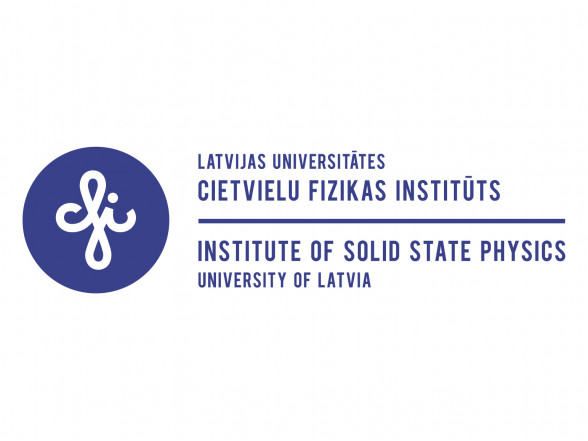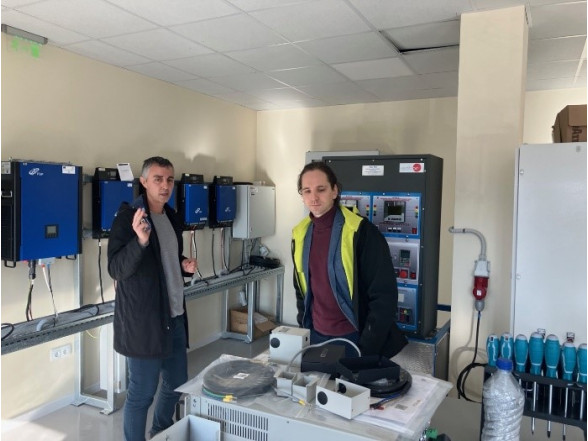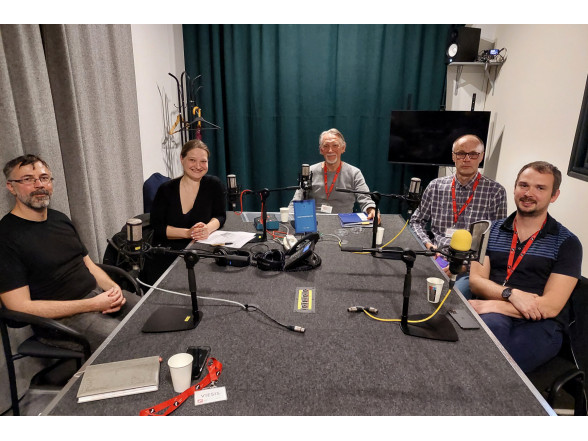There are 8 scientists from Latvia in the lists of world’s top-scientists based on numerous criteria according to the science-wide author databases of standardized citation indicators and half of them are from Institute of Solid State Physics, University of Latvia – Linards Skuja, Roberts Eglitis, Alexei Kuzmin and Eugene Kotomin. Thanks to opportunities provided by CAMART2, the scientists can use their full potential and perform world class research resulting in highly cited publications in their specific fields.
Scientific output can be summarized by many ways and through different approaches, including the number of papers, the number of papers in which a given author is either the first or a senior author, the total citation index value, the number of highly cited papers, e.g. with more than 100 citations, the citation index after exclusion of self-citations or the citation index after exclusion of the citations of all co-authors. All these criteria address the quantitative aspects of the scientific output of an individual researcher. (https://rdcu.be/ceKsv)
Citation metrics are widely used and misused. Authors John P. A. Ioannidis, Kevin W. Boyack and Jeroen Baas have created a publicly available database of 100,000 top-scientists that provides standardized information on citations, h-index, co-authorship adjusted hm-index, citations to papers in different authorship positions and a composite indicator. Separate data are shown for career-long and single year impact. Metrics with and without self-citations and ratio of citations to citing papers are given. Scientists are classified into 22 scientific fields and 176 sub-fields. Field- and subfield-specific percentiles are also provided for all scientists who have published at least 5 papers.
In their updated science-wide author databases of standardized citation indicators John P. A. Ioannidis, Kevin W. Boyack and Jeroen Baas have provided analyses that use citations from Scopus with data freeze as of May 6, 2020, assessing scientists for career-long citation impact up until the end of 2019 (Table-S6-career-2019) and for citation impact during the single calendar year 2019 (Table-S7-singleyr-2019). Updated databases and code are freely available in Mendeley: (https://dx.doi.org/10.17632/btchxktzyw)
S6 and S7 tabulated data include all scientists who are among the top 100,000 across all fields according to the composite citation index when self-citations are included and/or when self-citations are not included. Furthermore, in the current update, Tables S6 and S7 include also scientists who are not in the top 100,000 according to the composite index but are nevertheless within the top 2% of scientists of their main subfield discipline, across those that have published at least five papers.
This extension allows the inclusion of more comprehensive samples of top-cited scientists for fields that have low citation densities and therefore would be less likely to be found in the top 100,000 when all scientific fields are examined together. Comparisons of citation metrics are more meaningful when done within the same subdiscipline.
Both tables include 8 scientists from Latvia, 4 scientists are from our institute – Linards Skuja (Skuja, Linards), Roberts Eglītis (Eglitis, Roberts I.), Aleksejs Kuzmins (Kuzmin, Alexei) and Jevgēnijs Kotomins (Kotomin, E. A.).



